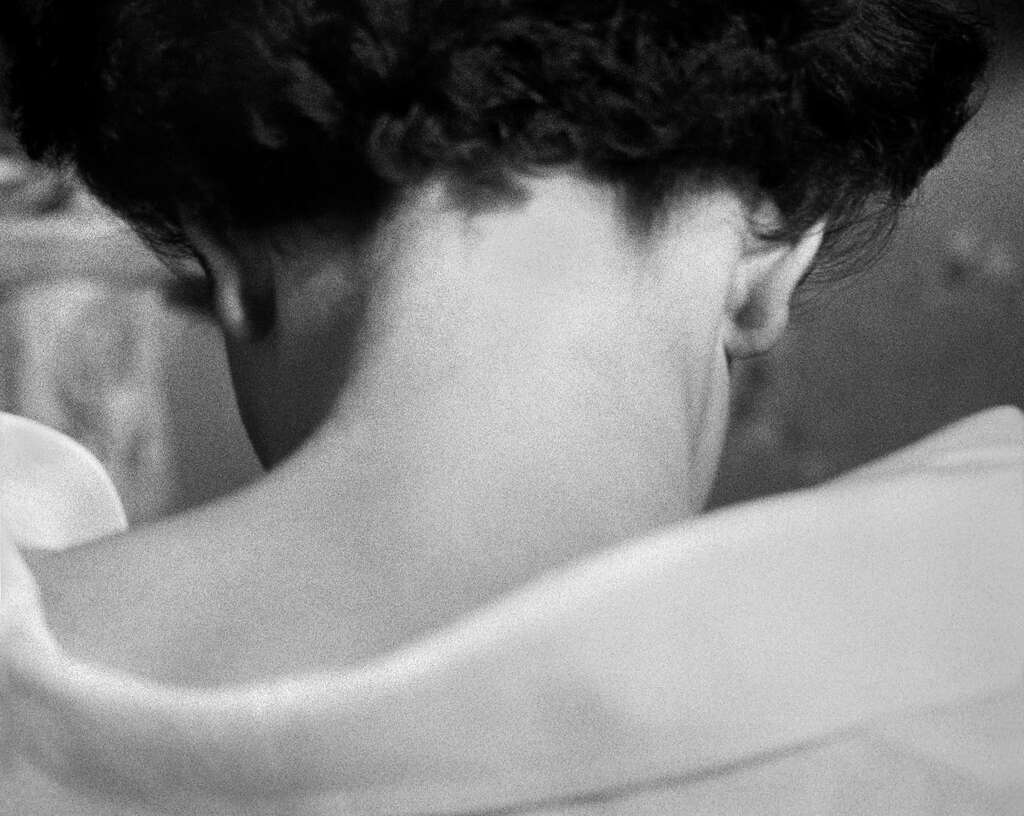
Love Songs
On Friday, May 20th, our class of Freshmen (2GT04) went to visit an exhibition titled « Love Songs » at the MEP (Maison Européenne de la Photographie) in Paris. The exibition was about love and intimacy. It featured a wide range of international artists such as Larry Clark, Emmet Gowin and Sally Mann (US), as well as French artists (Hervé Guibert in particular) and Asian photographers such as RongRong&inri (Japanese and Chinese) and Lin Zhinpeng (Chinese). However, the exhibition was especially articulated around two series of photographs that were taken, or made, in the words of the American photographer Anselm Adams, by Nan Goldin (US) and Araki (Japan).
The exhibition leaves us with a mixed feeling because some images were unsettling and some others triggered a feeling of sorrow, anxiety, nostalgia or perhaps longing for something that was lost after the picture was taken. Indeed, despite its cheerful title, « Love Songs » questions love in all its forms, at all its stages and it shows its very mutability : the birth of love, its evolution, sexuality, separation and also death which snatches our loved one from us - Araki’s pictures of his sick and then dead wife are striking and poignant, to that extent.
Our guide, Madeline, allowed us to better understand the exhibition and the way it was thought out and built. We were thankful to discover some more about the artists’ work and her enthusiasm was infectious ! The attention to details was sometimes overwhelming for some of us and we wish we could have spent more time diving into the pictures on our own after the visit. However it is true that complete immersion is always difficult when visiting a museum with a group. In other words, we think it is the kind of exhibition you’ll enjoy visiting on your own or with a loved one if you aren’t lucky enough to book a visit with Madeline.
We think the most inspiring photographer is Emmet Gowin because his work is genuine and feels almost spontaneous. Born in a very religious and conservative family in Virginia, his photograhs were a way out for him. The narrative behind the series seems simple : his wife turned muse, Edith, appears in his photographs from her youth in the 1960s to her older days. The way Gowen plays with light and texture is very interesting, as it directs our attention to specific elements (body parts, for example).
Another favorite is René Groebli’s work in the series titled « The Eye Of Love » (1952) because the Swiss photographer really managed to picture intimacy, desire and the intense emotions he feels towards Rita, as they travel to Paris on their honeymoon. We found these artworks truly poetic. Fun fact : he used film reel in his film camera because he couldn’t afford regular camera film. As a result, his black and white artworks are suffused with a very beautiful light. And because we visited an exhibition devoted to Vivian Maier in the Musée du Luxembourg last winter, it also reminded us of the way she had to get around her tight budget and sometimes couldn’t even develop her photographs because it was a costly process. However, Vivian Maier’s topics were really different, as she was a street photographer who caught strangers on camera kept her art secret during her lifetime while the photographers featured in « Love Songs » reveal parts of their intimacy and question our relationship to what is concealed/revealed in a sometimes rough way (Lin Zhinpeng, for example).
We also admired Nan Goldin’s photographs a lot. The saturated colors and light in her work add a unique style and could represent the strength of the feelings shared in her work. Our favourite room was her room. We liked that there was a wall covered in black and white with photos of young people, while the opposite wall was full of colours.
In some rooms, knowing the context of the picture would sometimes make us feel uneasy. At times, we even felt as if we were interrupting an intimate moment between the photographer and his subject. But it shows they had managed to catch something « real » on camera. Besides, questioning our very discomfort and our role as a spectator and/or voyeur was also interesting.
To conclude, we invite you to discover this multi-faceted exhibition which pays tribute to love as being universal, albeit so singular and particular. And because we wish we could have visited the exhibition while playing some of our favorite love songs, we also add a link to a playlist our class curated since our visit !
Alexis, Diamante, Sujana, Yasmin, Bettina, Alexandre, Lili, Alicia, Emma
